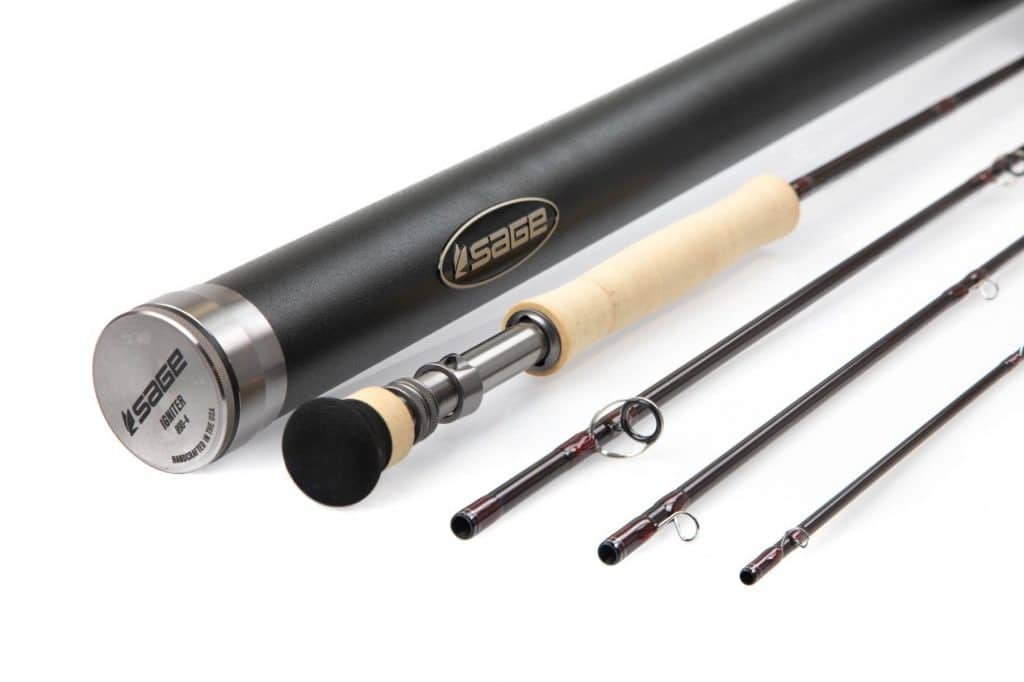
Bonefish Camouflage
BTT’s Justin Lewis on Bonefish Camouflage

Ever wonder why bonefish are so difficult to spot on the flats? You’re not alone. While there’s no substitute for time on the water, most first-time flats anglers are relieved to learn that bonefish aren’t just difficult to see, they’re actually able to change their color to their corresponding environment, Bonefish Camouflage!
But don’t take it from us… Bonefish and Tarpon Trust’s Bahamas Initiative Manager, Justin Lewis, put together a great write-up on just how bonefish are able to change their color at will, along with a few tips to help spot more along the way.
Thanks Justin!
Bonefish Camouflage
Bonefish are arguably one of the most challenging gamefish to target on a fly. This is due to their fairly spooky nature; a product of every predator on the flats is trying to get them, including us. To combat predators, bonefish have evolved a repertoire of defense mechanisms including great hearing, sharp sight, and a large forked tail allowing them to reach high speeds. But, what many anglers and even guides find to be the most challenging thing about bonefishing is their ability to just vanish, the trait that earned them the nickname; the ghost of the flats. Bonefish have a great ability to camouflage themselves no matter what type of habitat they might be utilizing. They are able to do this partly because of their mirror-like scales that can reflect the colors of their surroundings, but they also have another trick up their sleeves… Believe it or not, they can actually change their color at will!

To do this, bonefish use “chromatophores,” which are special pigments in their skin that contain light reflecting cells that bonefish can manipulate to change color depending on the habitat they are in. If a bonefish is over a light sand bottom, it has the ability to turn a very light colored and appear almost invisible. On the other hand, if over a dark grass bottom, they can turn a darker olive color making them really difficult to spot.

So, how then do you spot more bonefish when the odds are stacked against you? First and foremost, you need to have a good pair of POLARIZED sunglasses. This will cut out the glare and increase the contrast to help see fish better. Secondly, when looking for bonefish don’t look at the surface of the water, look through the water instead so that you can see the bottom. This will allow you to see fish stand out against the bottom. Thirdly (and likely the least utilized), bonefish cannot change color quickly like flounder or mahi-mahi. Therefore, if you’re having difficulty spotting fish on the same type of bottom (like a sand flat) try fishing or looking where different habitat types converge. For example, where a sand flat meets seagrass, as often times bonefish will move back and forth feeding between these habitats. If a fish comes off the seagrass, that fish will be dark and will stand out well on the lighter sand bottom, and vice versa if the fish moves from light bottom to dark bottom. Lastly, whether you’re fishing with a guide or out on your own, its all about the amount of time and effort you put in. The more you’re out on the water the better you’re going to be at spotting fish.




